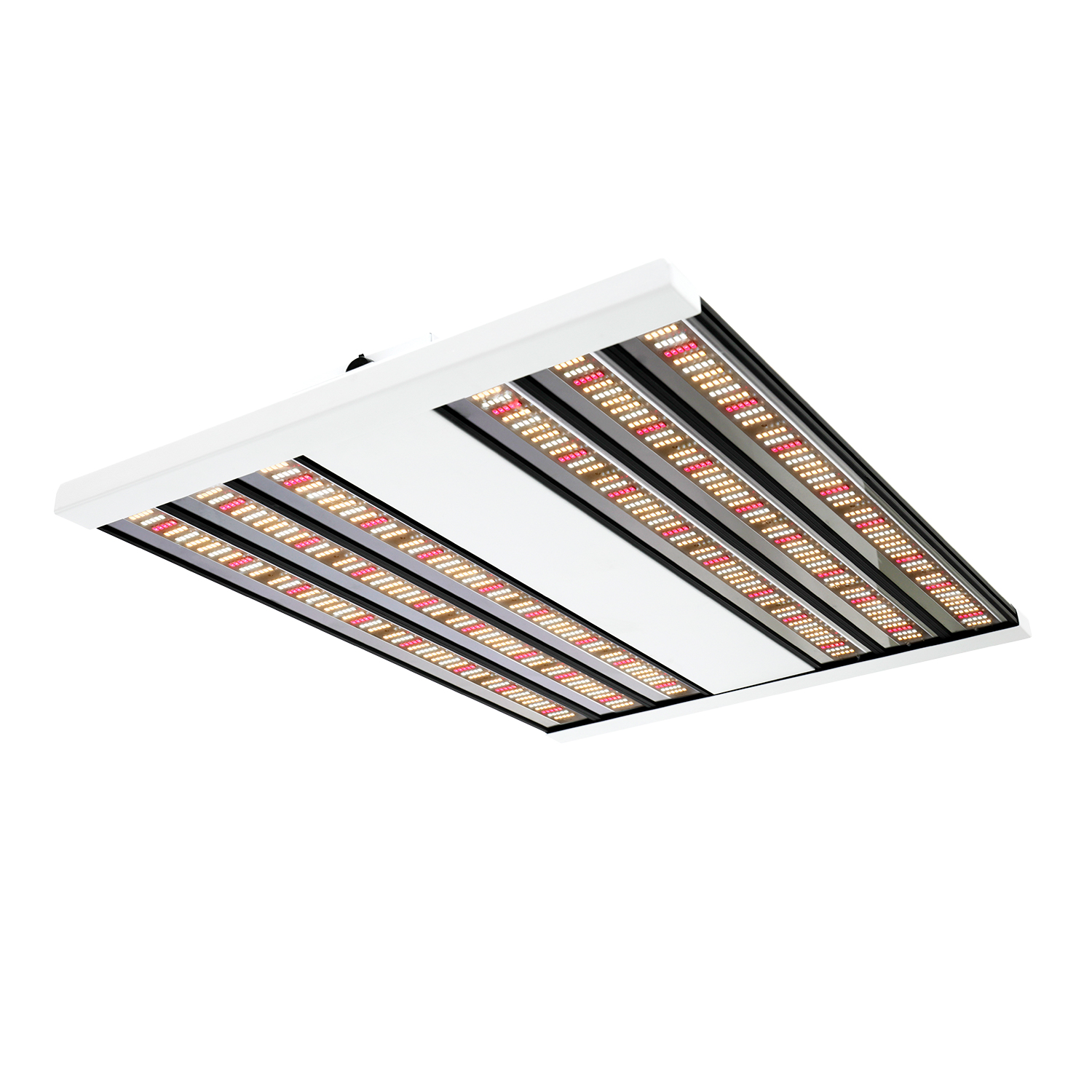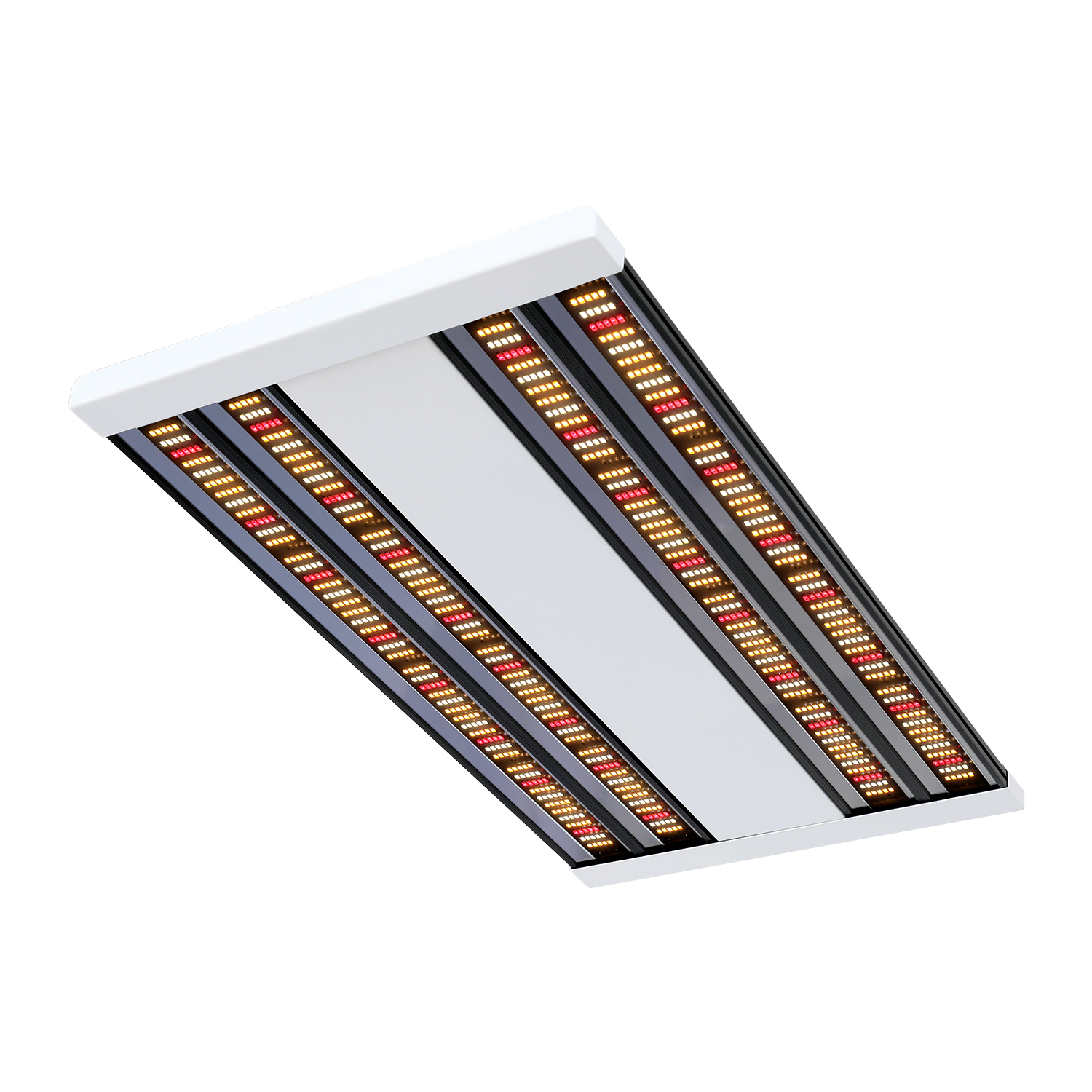“Compared with other countries, the concentration of marine microplastics in China's offshore and estuary waters is moderately low.†On July 8, at the Ocean Microplastics Symposium of the 2018 Annual Meeting of the Ecological Civilization Guiyang International Forum, East China Normal University Ocean Professor Li Daoji, director of the Plastics Research Center, announced their latest research results, which is quite different from the results of the 2015 US study “China's plastics entering the world the mostâ€.
Very different from American research results
In 2016, the national marine department monitored the distribution of marine microplastics in coastal waters of China. The monitoring results show that the average density of micro-plastics in the surface waters of the offshore waters of eastern China is about 0.29 per cubic meter. This time, the Li Daoji team reached a similar conclusion.
“For example, 0.29 per cubic meter is equivalent to only 40 micro-plastic particles in a 40-square-meter, 4-meter-high house,†Li Daoji said.
According to the monitoring results of the National Oceanic Department in 2016, the highest density of microplastics near the Yangtze River estuary is 2.35 per cubic meter. The density of microplastics on the beach ranges from 100 to 1200 per square meter.
Li Daoji's team analyzed marine plastic pellets collected from beaches. “Compared with other countries, the concentration of PCBs in these plastic pellets in China is not high, lower than the world average.†PCBs are a cause of environmental pollution. The main synthetic organic matter.
The Li Daoji team also studied the amount of plastic waste entering the sea. The study used the material flow analysis method to establish an estimation model for the annual output of Chinese plastic waste into the ocean. According to the model calculations established by the team, the amount of plastic waste that China imports into the ocean each year is about several hundred thousand tons.
"By comparing the amount of plastic waste calculated by the model with the true value, the difference between the model result and the statistical value is less than 8%, and the model can accurately predict the amount of plastic waste generated in China each year," Li Daoji said.
In 2015, a research team at the University of Georgia in the United States published a paper in the journal Science, which estimated the plastic waste discharged by people living in 192 countries and regions within 50 kilometers of the coast. The top five emitters are all in Asia, among them, In China, the amount of plastic waste discharged into the ocean in 2010 was 1.32 million tons to 3.53 million tons.
But Li Daoji and many international scientists believe that this number is not accurate. Li Daoji said that many of the US research model hypotheses do not apply to China. For example, this model assumes that based on solid waste, population, and economic conditions, the amount of plastic waste that is not controlled in the study area is presumed to be directly discharged into the ocean, using the ratio of microplastics to large plastic waste in American rivers. Wait, but these are not for China.
Li Daoji’s team will release the latest research results in the near future, which will provide basic data for the development of China’s plastic waste control measures.
China's microplastics research has an important impact
In 2013, China began scientific research on marine microplastics. "At the time, there was a boom in research in the international arena," Li Daoji said.
In recent years, a micro-plastics monitoring from the offshore to the ocean to the polar regions has begun in China. From 2015 to 2017, the Ministry of Science and Technology and the National Natural Science Foundation of China have supported more than 20 research projects related to marine microplastics. At present, more than 30 research units in China are conducting research on micro-plastic pollution of water bodies, organisms, sediments, atmosphere and food.
Li Daoji's State Key Laboratory of Estuarine and Coastal Research at East China Normal University is one of the earliest academic institutions in China to begin research on marine microplastics. He published the first research paper on marine microplastics in China in international journals. At the end of 2015, the Ocean Plastics Research Center of East China Normal University was established.
In 2016, the State Oceanic Administration launched monitoring of micro-plastics covering water bodies, seabeds, beaches and organisms. In 2017, the monitoring and investigation work expanded to the Arctic and Deep Oceans, and the National Marine Environmental Monitoring Center established the Marine Waste and Microplastics Research Center.
At the beginning of 2017, Li Daoji led the national key research and development program “Marine micro-plastics monitoring and ecological environment effect assessment technology research†project officially launched.
In 2018, the "Xiangyanghong 01" boat took the lead in conducting large-scale microplastic surveys in China's offshore, Indian Ocean, Atlantic, Pacific and Antarctic regions.
China's research on microplastics is advancing rapidly. Li Daoji said: "China's research in this field has had an important impact on the international community."
Chinese scientists have taken the lead in releasing the spatial distribution of micro-plastics in the Yangtze River estuary and adjacent estuaries and coastal estuaries. Later, some scholars published micro-plastic concentrations in several bays, beaches, and Yangtze River basins in southern China. “So far, China's research on marine microplastics has covered all aspects of possible research areas, including microplastic abundance, analytical methods, bioaccumulation, toxic effects, microbial degradation, and microplastic contamination control in various habitats. And management, etc." Li Daoji said.
Calling for global cooperation and participation
One side is in full swing and the other side is worried.
“What surprised us is that the current global understanding of the sources, transportation routes, fate and ecological effects of marine plastic waste and micro-plastics is still seriously inadequate. The research methods have not been unified and standardized so far, and this new ocean is being dealt with. Research efforts and measures for environmental threats vary widely in different regions of the world,†Li Daoji said.
At present, the countries most concerned about marine micro-plastics are Europe, America, Japan, South Korea, China and other countries and regions, but in general, research is still in its infancy. Li Daoji has no worries about this. "And, because the media, especially some new media, are not rigorous about the dissemination of relevant information, it has caused some misleading and may even cause panic."
For example, Li Daoji said that the average seawater per cubic meter of seawater in the East China Sea contains about 0.17 microplastic particles. On the digital surface, the fine fibers in the air and the micro-plastic particles contained in the bottled mineral water are much more than in the sea. Of course, the properties of clothing fibers and other micro-plastics are still different, and the meaning of environmental impact is different. Moreover, although studies have shown that microplastics can enter humans through aquatic products, their health risks have not been confirmed.
Li Daoji called: “To conduct extensive international cooperation on a global scale.†Specifically: to establish a globally unified approach to monitoring, analyzing and identifying marine microplastics research, to determine the flux of plastic waste and microplastics for global river and riparian systems. In-depth research, transport and life cycle research of marine microplastics from rivers to estuaries, deep seas, polar regions, etc.; research on marine microplastic toxicological effects at different environmental concentrations, and assessment of microplastics for marine ecosystems and humans Health risks and impacts. "Currently, it is particularly urgent to promote the coordinated plans and actions of the international community, research and develop various policies, regulations and technologies to intercept and reduce the way plastic waste and micro-plastics enter the ocean." Li Daoji said.
China is vigorously promoting the implementation of the classification and collection of urban domestic waste, the construction of beautiful countryside, the construction of ecological civilization such as “river systemâ€, “lake system†and “wan systemâ€. It is believed that the amount of plastic waste entering China will be greatly reduced in the future. "More importantly, it is necessary to study and establish a sound marine environment education system, strengthen popular science education, and stimulate the public's awareness of marine environmental protection." Li Daoji said.
Resisting marine micro-plastic pollution will undoubtedly be a global and national war.
Real source of goods, cash on delivery! Professional, worry-free recycled plastic trading, come to Amoy regeneration:
Phlizon is a new high-tech enterprise, specializing in research, production, sales services of LED Grow Light.The headquarters is located in Huilongda Industrial Park, Shilongzai ,Shiyan Street, Baoan District, Shenzhen, China.So far we have overseas warehouses in the United States, Germany, the United Kingdom, and Spain.we strive to provide convenient and highly efficient solution services.
Adopts Samsung LED 5630 as light sources, which has the advantages of high performance, low energy consumption and stability.
Input voltage:AC100-240V,easy to use, safe and suitable for any country.
LED Lifespan is reach up to 50,000 hours.
Suitable for all kinds of plant growth, flowering and yield
Safe and environmental protection, free from pollution and harmful substances

Features:
High power brand Samsung 5630 led with high par vaule100-277v/200-480v for industrial planting
Higher PPFD value per unit area
Full Spectrum Grow Light mimics natural sunlight for different period of growth
Passive heat sink and die casting aluminum shell
Aluminum body for a good heat-dissipation
Elegant appearance
Easy to install by minute
More convenient and simple for maintenance
Energy saving,environmental friendly
3-5 Year warranty
Applications
Hydroponics,Horticulture,Agriculture and Greenhouse
Locations:Farm,Exhibition,Garden,Home,Urban,Bonsai,and University Lab
Growth of Fruits,Vegetables,Flowers and so on
Seeding,Rooting,Breeding,Flowering and Fruiting period

Phlizon is the manufacturer factory and we sell our products at a low price directly, besides all our Power supply, Fans and wire all are Fire-resistant material,won't catch fire.
We currently have warehouses in the UK, USA, Canada,Spain, and Australia,and we are working on opening more warehouses in other countries to shorten our delivery time.
We have strong OEM/ODM capabilities, with experienced teams, full post-sales support and an established quality control system.
We promise to provide high-quality products with competitive prices, fast delivery, and responsive services for our clients.
Cautions
1.This light is not waterproof, do not spray water
2.Never touch and hit the Light while it is working.
3.Lighting work environment is -20 ~ 40 °C, 45% ~ 95% RH.
4. Please cut off the power when there is a lightning strike.
5. Make sure that the mounting position can withstand 10 times the weight of the light.

PH Linear Series,Quantum Board Grow Light,Quantum Board Grow Light Kits,Led Quantum Board Grow Light,200W Quantum Board Grow Light
Shenzhen Phlizon Technology Co.,Ltd. , https://www.szledaquariumlight.com
